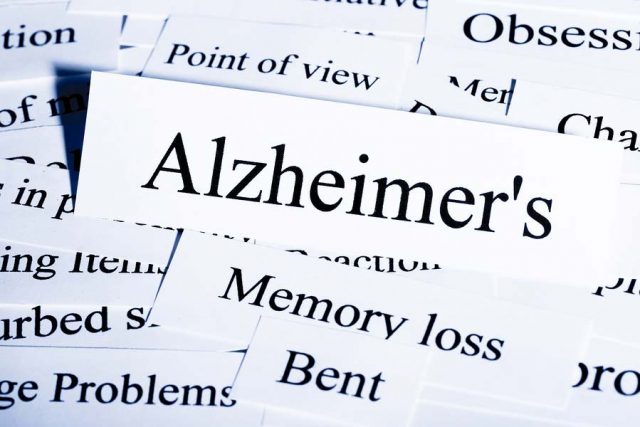Medically Reviewed by Jacque Parker, RN

Alzheimer’s disease is currently the sixth leading cause of death in the United States, and it is estimated that nearly 5 million Americans are currently living with the disease. In a study titled An Aging Nation: The Older Population in the United States, it is suggested that the number of individuals 65 years of age or older will almost double from 43.1 million individuals to 83.7 million individuals by the year 2050. As a result of the aging population, public health treatment strategies and efforts to improve Alzheimer’s diagnosis and treatment to improve the quality of life and the quality of care provided to those individuals with Alzheimerandrsquo;s disease. These public health efforts will likely be required to decrease and relieve the caregiver burden associated with providing care to family members who are diagnosed with the disease as well.
Early Diagnosis and Treatment
Several screening tools have been developed to screen individuals for Alzheimer’s ranging accuracy and their ability to detect Alzheimer’s symptoms. Many of the exams take fewer than five minutes . More extensive test may take longer but may provide more accurate results and more information about the state of the disease at the time of diagnosis. Early treatment will allow individuals with Alzheimer’s and dementia to maintain a higher state of cognition for longer allowing them to both maintain their independence and carefully plan out how they would like to proceed with their treatment as the disease progresses.
Early Treatments Effect on the Caregiver Burden
Caregivers of Alzheimer’s patients often experience stressors such as physical and mental fatigue which are associated with caring for their loved ones. A research study has shown that the worse a patient’s symptoms of psychiatric and behavioral problems, the higher the perceived caregiver burden is among informal caregivers of patients with Alzheimer disease. As a result, the early treatment and delayed progression of the disease will also decrease caregiver burden by slowing the progression of the disease and allowing caregivers time to educate themselves on the disease and prepare for the next stages of treatment as the disease advances.
Reducing the Impact of the Epidemic
The Alzheimer’s Foundation of America has many locations throughout the United States offering memory screenings already. However, given the aging population and the fact that Alzheimer’s disease will become more prevalent as the U.S. population ages more stringent screening guidelines will be necessary to improve the quality of care provided to individuals at risk of developing Alzheimer’s disease. In fact, under diagnoses of Alzheimerandrsquo;s disease is prevalent among primary care physicians. So how do we make this shift into the future and start improving care today? If you are a healthcare provider adopt frequent Alzheimerandrsquo;s screening into youandrsquo;re your treatment plan for at-risk patients. If you or someone you know is at risk of developing Alzheimer’s disease, start advocating for more frequent Alzheimer’s screening among your primary care team. This will encourage early diagnosis and treatment of Alzheimer’s disease in the future among the health care providers you train, the health care providers that will come face to face with this epidemic.
Did you find this article helpful? Join us at HealingWell for support and information about Alzheimer’s Disease. Connect and share with others like you.




